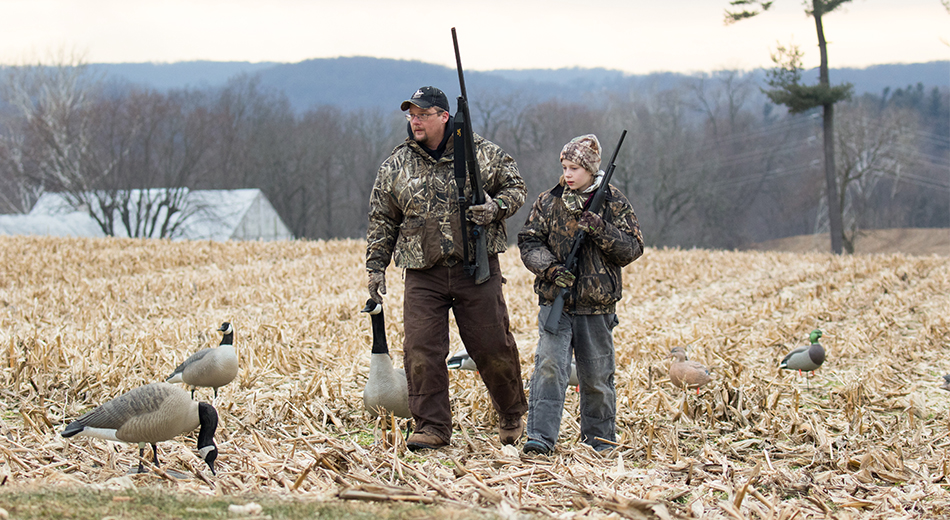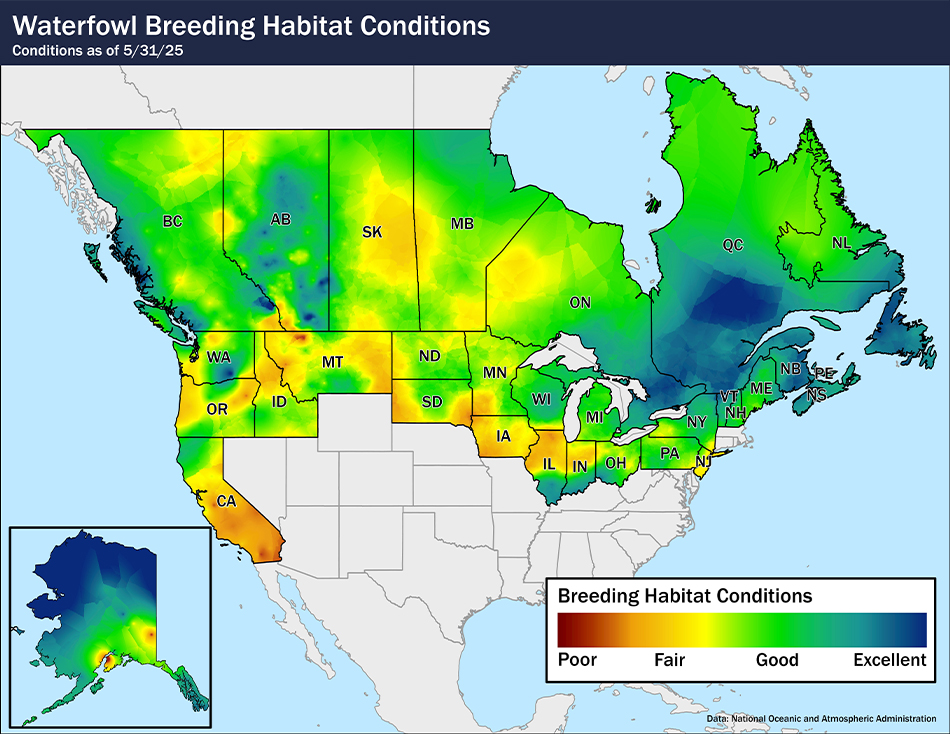Hen Houses
Delta Hen Houses are integral to increasing duck production
An unbalanced proliferation of predators that eat duck eggs and nesting hens significantly impact "nest success in key" prairie pothole breeding grounds. The most effective, cost-efficient tool for boosting mallard nest success is the Delta Hen House.
DELTA HEN HOUSES ARE A HIT WITH HEN MALLARDS
In areas where ground-nesting mallards typically experience nest success of less than 10%, Delta Hen Houses consistently boost nest success to 60% and sometimes as high as 80% or even more. (It takes at least 15% nest success to simply maintain duck populations at the level they go into the breeding season.)
Today's efficiently designed "Hen House Supersites" are a direct result of Delta's relentless research. These clusters of 100 or more Hen Houses are installed in a relative small geographic area with high mallard nesting densities. Supersites send thousands of mallards into every fall flight while reducing the costs of labor and overhead to produce ducks.
SUPPORT NESTING MALLARD HENS BY DONATING TODAY
Delta installs and maintains Hen Houses throughout the core of the prairie pothole region, including Manitoba, Saskatchewan, Alberta, North Dakota, South Dakota, and Minnesota. These Hen Houses produce tens of thousands of mallards each year that band recovery data proves end up over decoys in all four flyways.
Stay Up To Date With Delta Waterfowl

Delta Waterfowl Celebrates Passage of Sunday Hunting Legislation in Pennsylvania
7/1/2025
Gov. Josh Shapiro is expected to sign bill into law to allow hunting every day of the week
Read More
Delta Waterfowl Applauds Louisiana Governor and Legislature for Investing in Conservation
6/27/2025
Measures will restore and create critical wintering waterfowl habitat to attract and hold more ducks and geese
Read More
Waterfowl Breeding Habitat Conditions Update As of May 31, 2025
6/20/2025
Widespread rains during May—a critical month for duck production—brought welcome relief to much of the Prairie Pothole Region, particularly in parts of
Read More